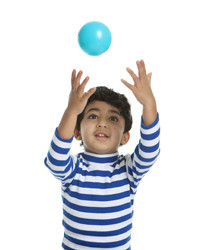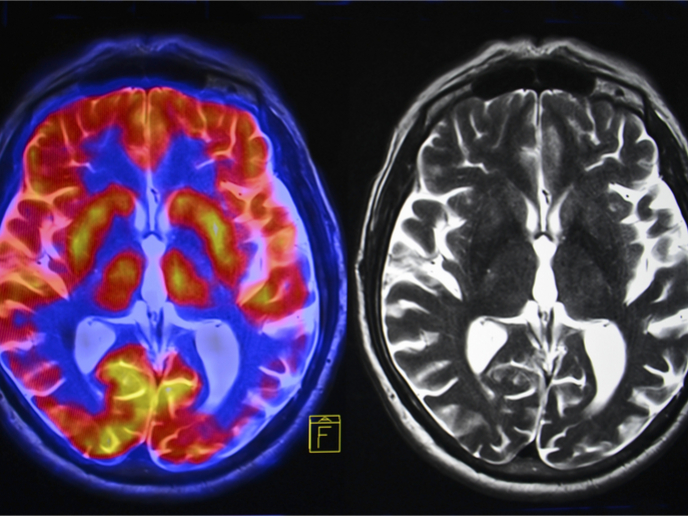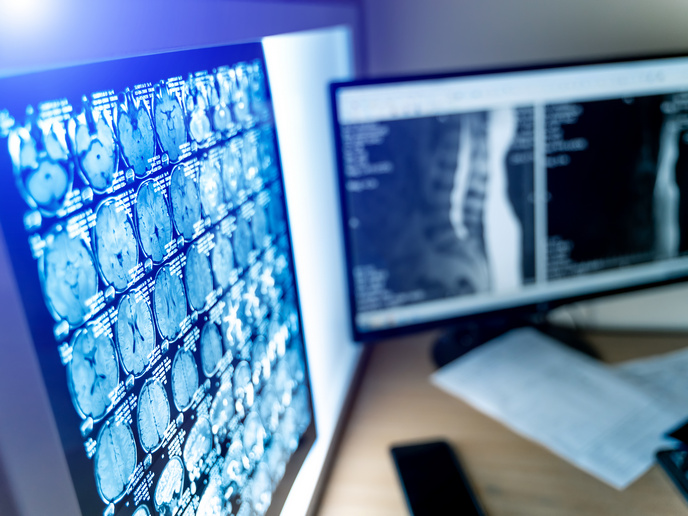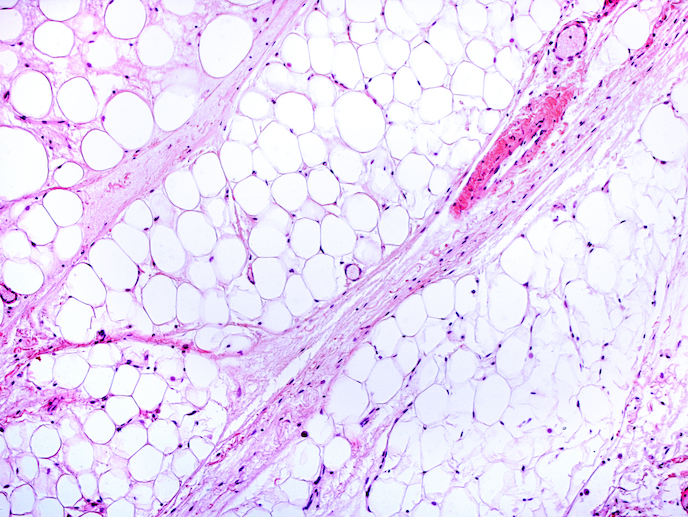Hand-centred spatial representation
Studies on monkeys revealed that sensory guidance of movement is enabled through hand-centred spatial representation in the brain. This enables them to perceive objects within the space around their body and interact accordingly though limb localisation. Under the aegis of the project 'Visuo-tactile cortical mechanims for a hand-centred spatial representation in humans' (VTHAND-CENTRED SPACE), researchers successfully provided evidence of multi-sensory guidance for hand-centred spatial representation in humans. A major issue with functional magnetic resonance imaging (fMRI) is identifying neuronal sub-populations involved in visual-selective response to near-hand spatial stimuli. This is because such neuronal sub-populations are intermingled with other multi-sensory neurons in the brain. To circumvent this, an experimental protocol called blood oxygen level-dependent (BOLD) adaptation was optimised. Researchers combined BOLD with fMRI, and identified that the parietal and premotor areas in the brain process visual stimuli close to the hand for space representation. Another major achievement is the demonstration of plasticity for peri-hand space representation even with prosthetic limbs. For this purpose, transcranial stimulation along with visual stimuli was used. Experiments revealed that like our human hand, the brain perceives the prosthetic limb as a body part. The location of the prosthetic limb is used as reference for representation of space surrounding the limb and helps in interaction with objects. A key finding is the discovery that hand-centred spatial representation involves the multi-sensory neurons in the ventral premotor and the posterior parietal cortex. Project findings could also be extrapolated to represent motor interaction with other people using hand-centred representation of space. Future studies could now investigate this link further and identify areas of brain associated with specific functions. Applications include assessing extent of traumatic brain injury or developing more effective rehabilitation approaches.







